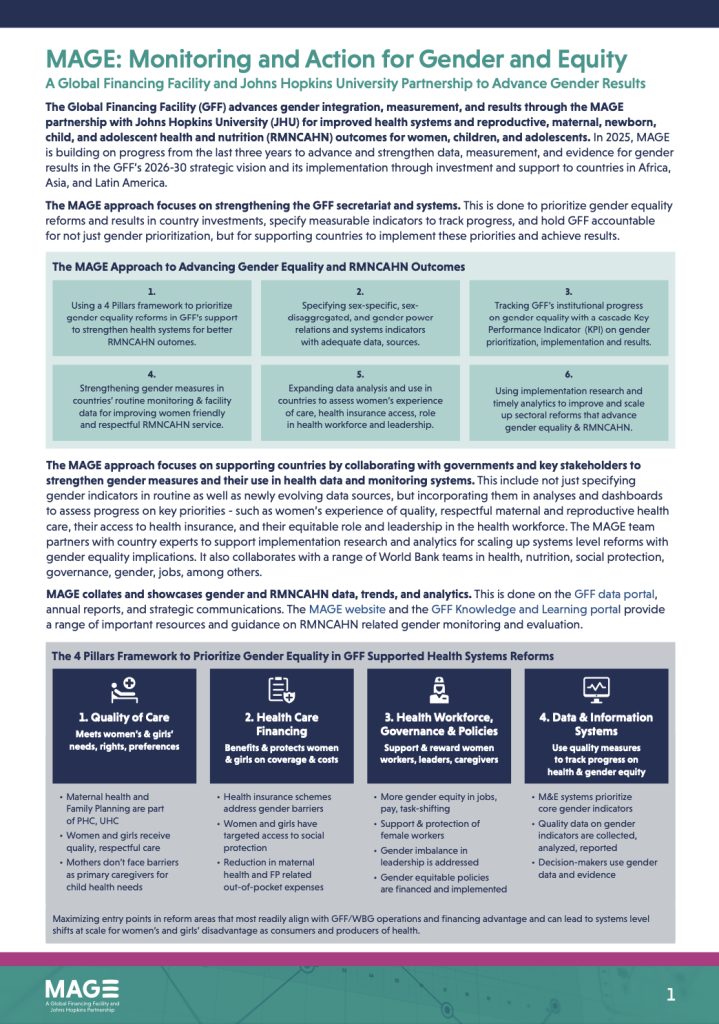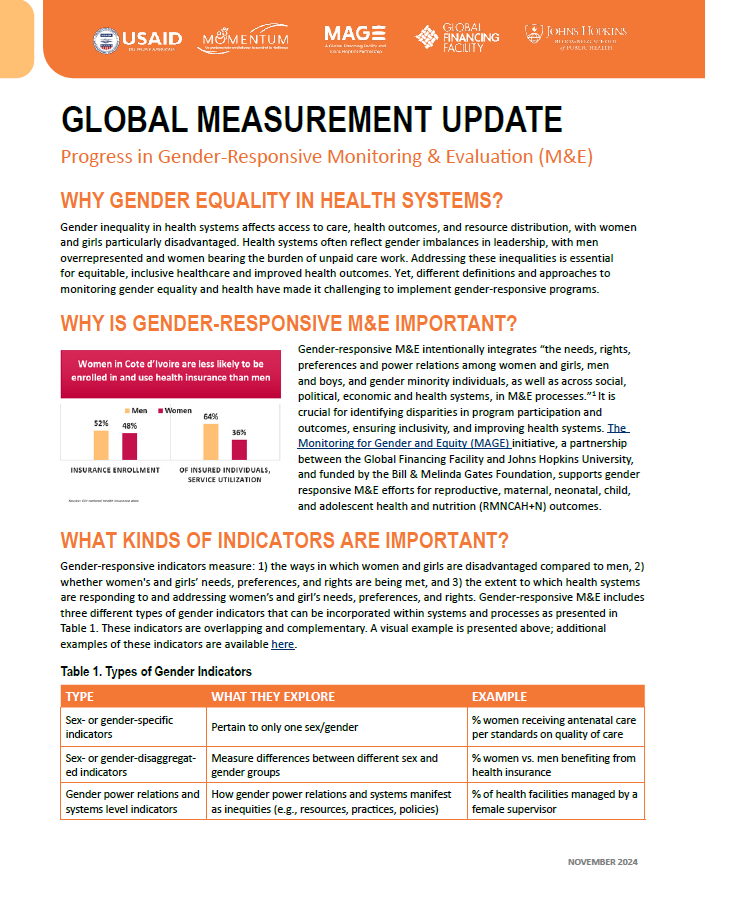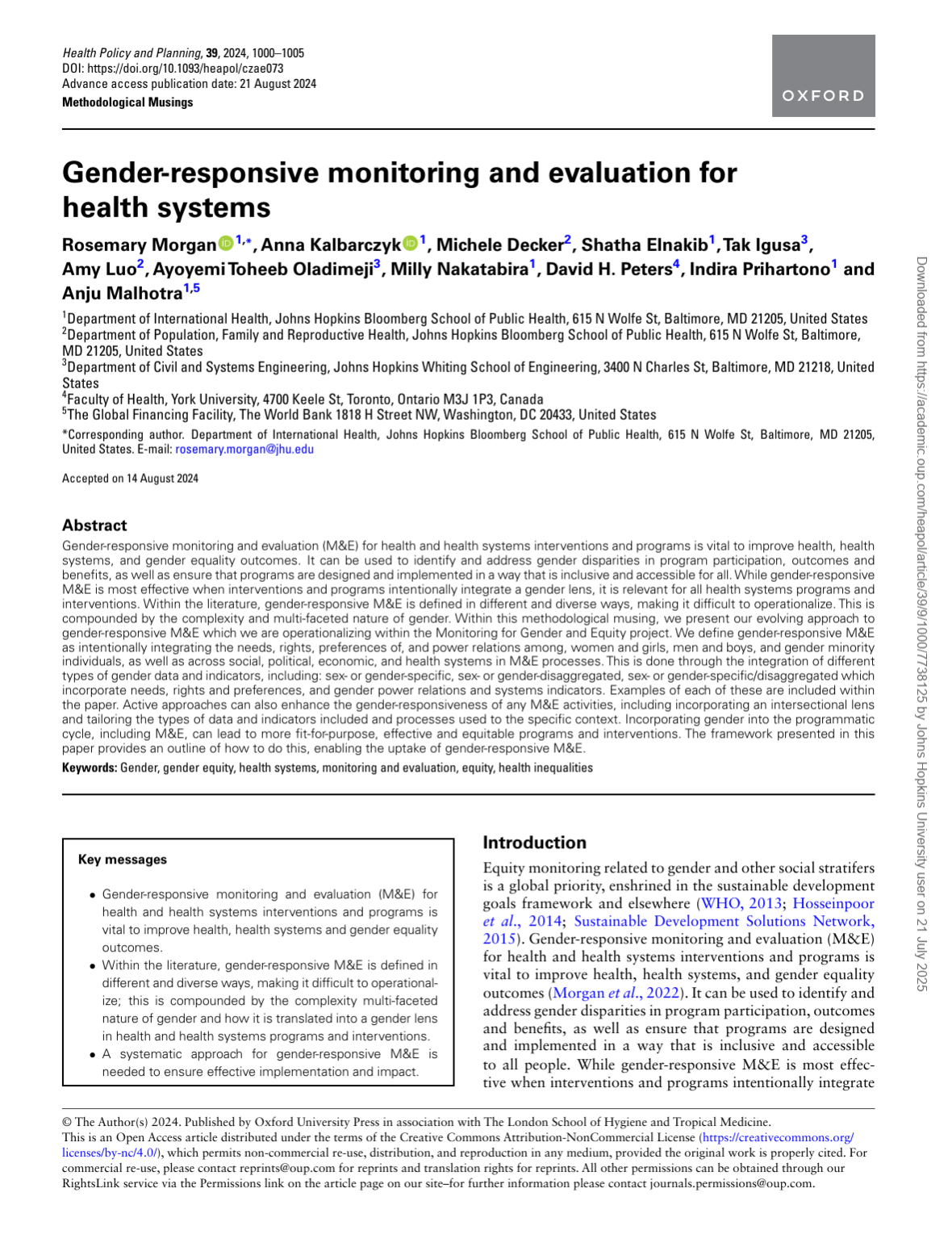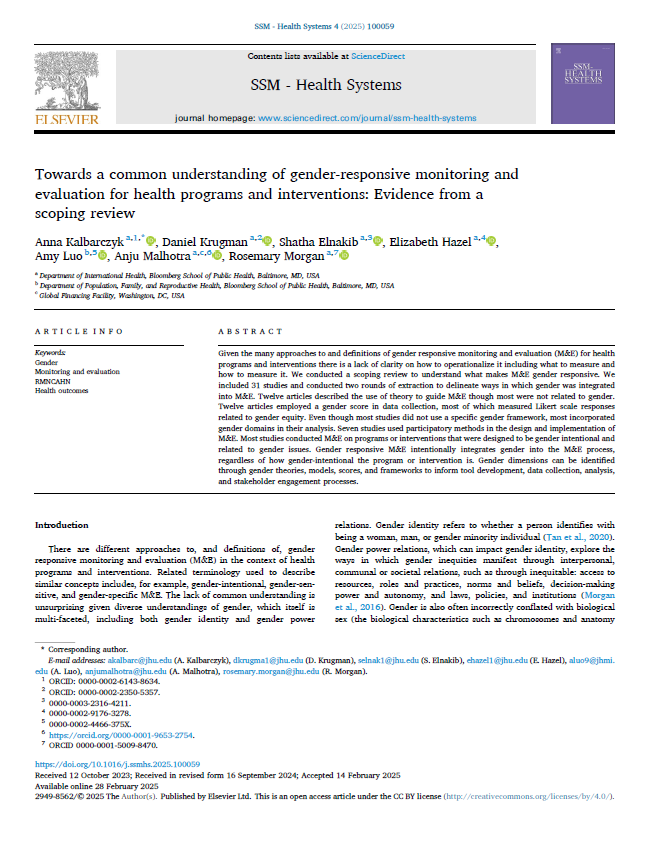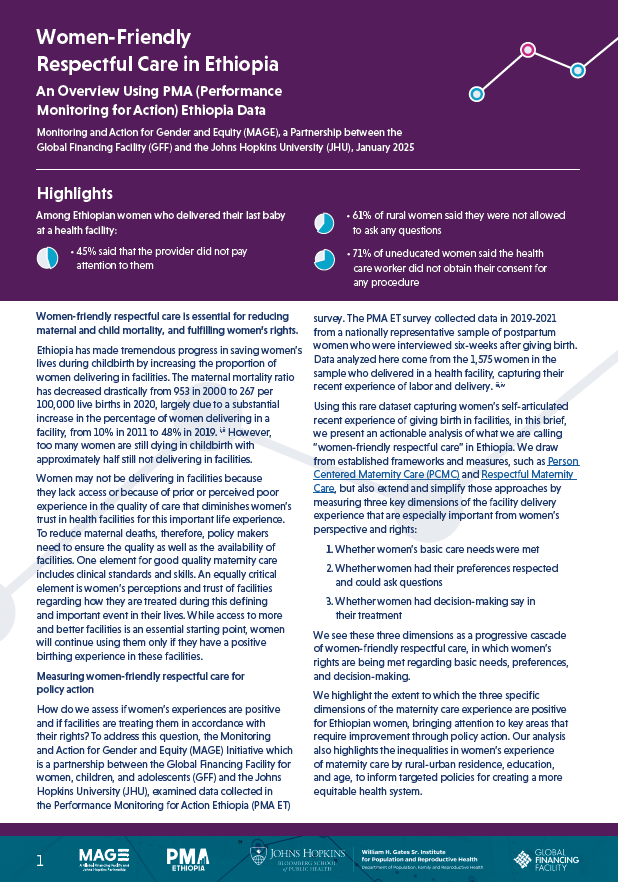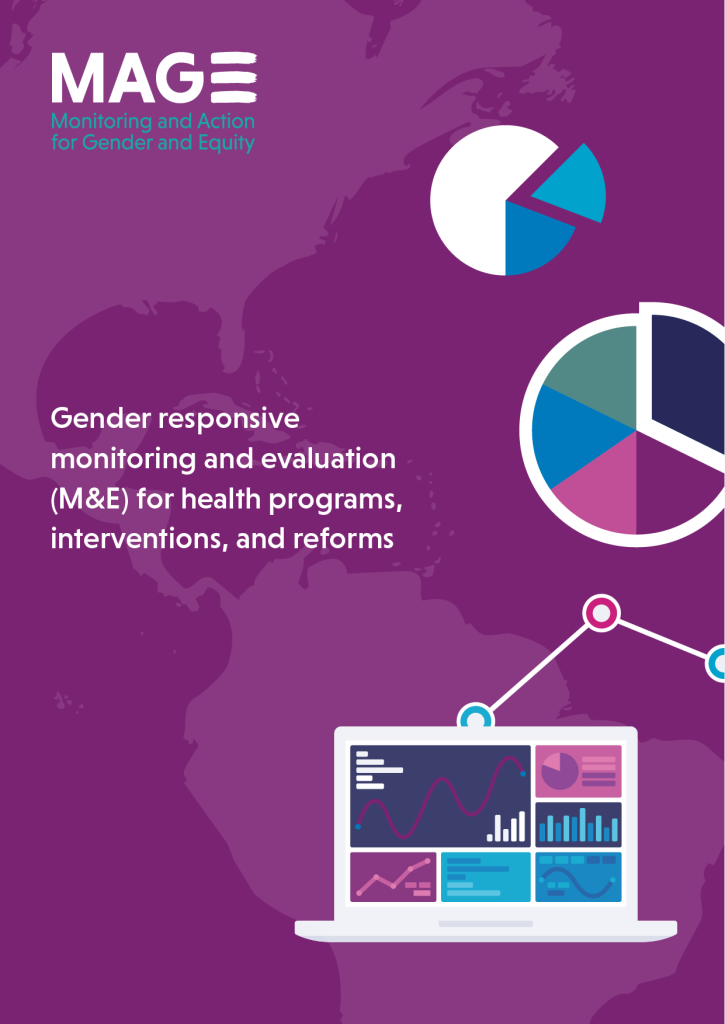Women-friendly, Quality Reproductive and Maternal Care in Ghana: Findings from the Service Delivery Indicators Health Survey
This brief presents results from the 2024 Ghana SDI Health Survey, revealing persistent challenges in ensuring accessible, high-quality, and affordable reproductive and maternal health services for women.
